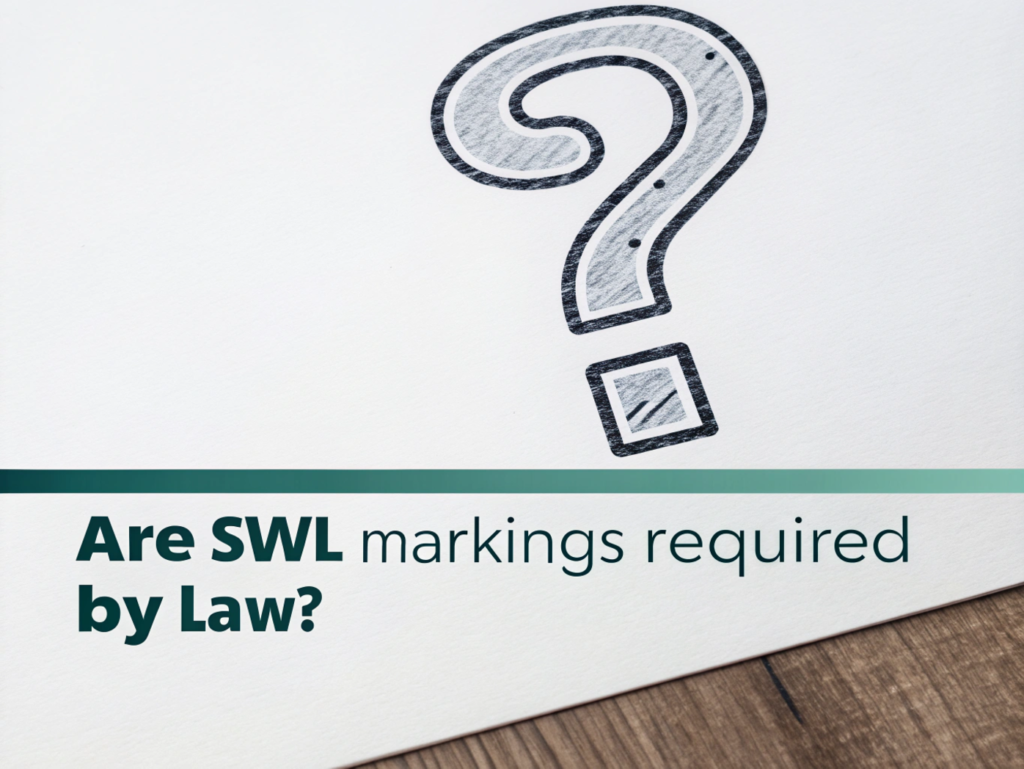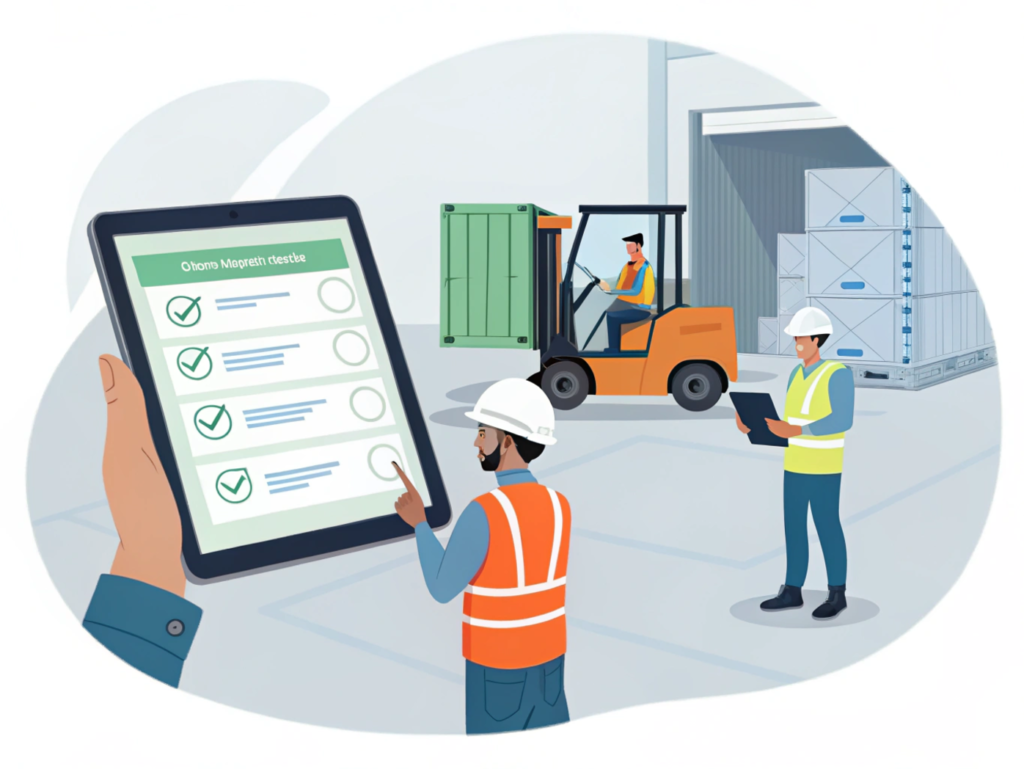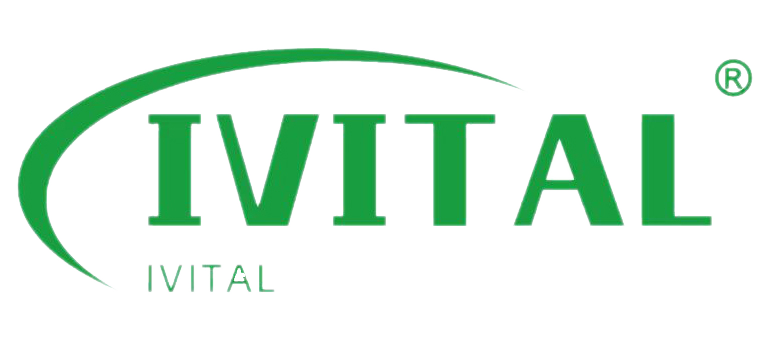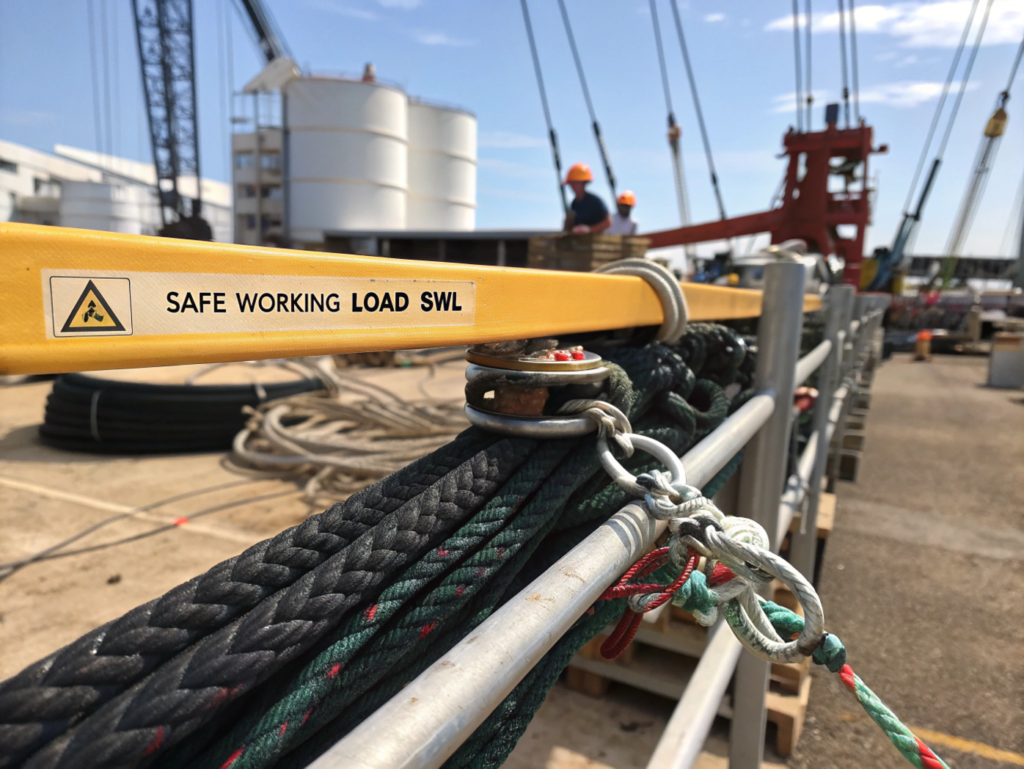If I can’t see the tag, I don’t use the gear—simple as that.
Safe Working Load (SWL) markings are engraved, stamped, or tagged onto rigging products to clearly show their rated capacity and compliance with safety standards.
One time, a missing label on a shackle nearly delayed a warehouse loadout—we replaced it, but it taught me to always double-check the markings.
[Table of contents]
- What do SWL or WLL markings look like?
- What should be included on a rigging tag or label?
- Are SWL markings required by law?
- What if the SWL tag is missing or damaged?
- How can operators quickly verify safe load information on site?
- Conclusion
What do SWL or WLL markings look like?
You can spot them if you know where to look.
SWL or WLL markings appear as stamped metal tags, etched codes, or sewn-in labels on slings, hooks, chains, and lifting devices.
Dive Deeper
Depending on the product type, markings may be:
- 🔩 Stamped: On hooks, shackles, or rings (e.g., “WLL 2T”)
- 🔗 Embossed: Directly onto chain links
- 🏷️ Tagged: Plastic or metal plates sewn onto synthetic slings
- 🔍 Laser etched: On newer stainless steel components
Always check both sides of a product—especially with worn tools.
What should be included on a rigging tag or label?
A proper tag tells you everything you need in one glance.
A compliant SWL tag includes rated capacity, product type, sling configuration, manufacturer, and safety standards.
Here’s what I expect to see on a standard lifting sling tag:
| Label Element | Example |
|---|---|
| Rated Capacity (SWL) | “WLL 1.6T Vertical” |
| Sling Type | “2-leg chain sling” |
| Hitch Type | “Basket/Choker/Vertical” |
| Sling Angle | “Rated at 60°” |
| Manufacturer & Batch | “IVITAL / Lot#202304” |
| Compliance Mark | “EN 1492-1 / ASME B30.9” |
If any one of these is unclear or faded, I don’t use the equipment.
Are SWL markings required by law?
Yes, and it’s not optional.
OSHA and international standards require rigging products to have permanent, legible load rating markings.

Dive Deeper
According to OSHA 1926.251, all rigging equipment must have:
- Clearly visible WLL or SWL
- Product size or configuration
- Safe angle use cases
- Manufacturer identification
Non-compliance can result in fines or stop-work orders—especially during audits or inspections.
What if the SWL tag is missing or damaged?
No tag = out of service. Always.
If a rigging item has no readable SWL marking, it must be removed from operation immediately.
Dive Deeper
There are only three valid actions:
- Replace the tag using manufacturer data (with approval)
- Re-inspect and tag by a certified inspector
- Discard the gear if history or specs can’t be confirmed
Never assume or guess a load limit—even on familiar gear.
How can operators quickly verify safe load information on site?
I train new operators to “read the tag before the lift.”
Visual SWL checks, color-coded tags, and reference charts help operators confirm lifting safety on the spot.

Dive Deeper
✅ Here are ways I verify gear in seconds:
- Tag Check: Read capacity, angle, type
- Color Code: Many slings use color for load class (e.g., green = 2T)
- Reference Chart: Keep a printed or digital SWL chart nearby
- App Scan: Some suppliers offer QR-tagged slings for live specs
Bonus tip: keep outdated or faded tags as training examples for new staff.
Conclusion
If you can’t read the SWL tag, don’t trust the lift.



